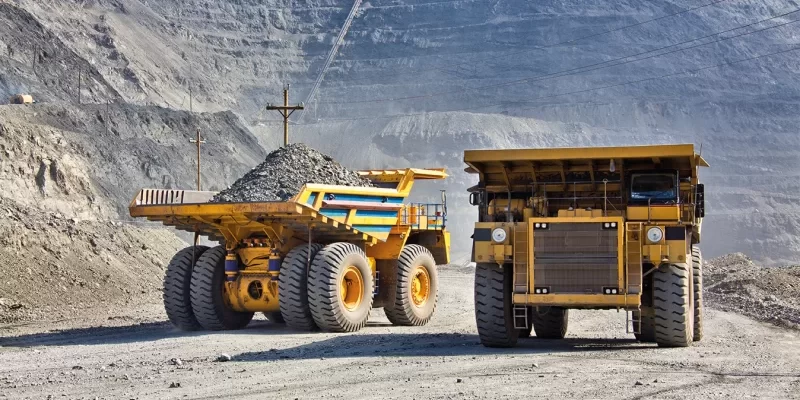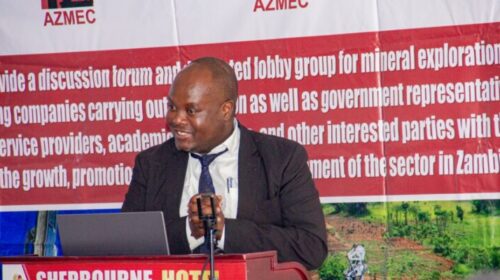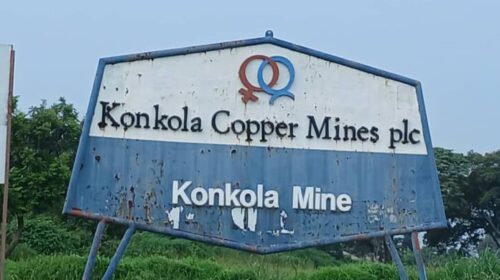Zambia Targets Hydropower Expansion to Power Mining Growth
Zambia is advancing plans to harness alternative hydropower sources on the Zambezi River as part of a long-term strategy to meet the growing energy demands of its mining industry.
At the recent Critical Minerals Africa 2024 summit, Sokwani William Chilembo, CEO of the Zambia Chamber of Mines, emphasized that hydropower projects in Zambia’s Northern Watershed will be prioritized due to the area’s resilience against droughts and El Niño conditions.
“By developing hydropower in these regions, we can supplement it with coal from Lake Kariba’s southern shores and additional solar energy,” Chilembo stated.
Chilembo also noted that the Chamber is collaborating closely with the Zambian government and private sector partners through the Public-Private Dialogue Forum to boost regional energy trade via the Southern African Power Pool. “We’re working with a major South African energy trader.
While the learning curve has been steep, we’re progressing toward maximizing our energy infrastructure to meet the government’s copper production target of 3 million tons annually by the early 2030s,” he added.
To further support mining’s energy needs, Chilembo highlighted new legislative drafts aimed at empowering independent power producers to play a more significant role.
“With reliable energy and modern legislation, we can retain competitiveness and attract sustained mining investments,” he said, underscoring that a stable energy supply for mining drives economic growth and capital for critical infrastructure projects.
Currently, Zambia and Zimbabwe are facing reduced electricity generation due to low water levels in the Zambezi River, which feeds their primary hydropower stations, leading to power disruptions for mining operations.
By tapping alternative hydropower sources, Zambia aims to reduce dependence on existing stations and strengthen energy security as mining expands.
150 total views , 1 views today





